The use of in vitro diagnostic (IVD) devices in clinical trials has become increasingly complex under the EU In Vitro Diagnostic Regulation (IVDR 2017/746). Pharmaceutical sponsors and diagnostic partners must not only focus on their investigational medicinal product (IMP) obligations under the Clinical Trials Regulation (CTR), but also ensure that any diagnostic device used with EU subjects complies with IVDR requirements.
A common misconception is that IVDs used in the context of a pharmaceutical trial fall entirely outside the scope of the IVDR. In practice, the regulation requires careful assessment of how and why the device is being used, as this determines the applicable obligations.
When Does IVDR Apply?
Broadly, three scenarios may arise when an IVD is introduced into an EU clinical trial:
1. Commercially CE-marked devices used within their intended purpose
These can generally be used without additional IVDR authorisations, although documentation confirming compliance should be available.
2. CE-marked devices used outside their intended purpose, or non-CE marked devices
These may trigger requirements for a clinical performance study or performance study submission, depending on the risk and nature of use.
3. Companion diagnostics
These have specific requirements, particularly when linked to a medicinal product’s safe and effective use. In each case, the regulatory pathway under the IVDR must be clarified before trial initiation.
The Role of the EU Legal Representative
The EU Legal Representative (LR) is a practical compliance partner. For sponsors established outside the EU/EEA, appointing an EU-based Legal Representative (LR) is required under the IVDR. The LR acts as:
- The official EU contact point with Competent Authorities and Ethics Committees
- A supporter in preparing and submitting notifications and authorisations
- A facilitator for safety reporting, amendments, and record-keeping
Crucially, the LR helps ensure that the sponsor meets IVDR obligations, but does not assume the sponsor’s legal responsibility for the conduct of the study. Ultimate accountability remains with the sponsor. The scope of LR activities and liabilities should always be documented in a clear mandate or contract.
Why It Matters
Failure to map out the IVDR pathway early can lead to delays, refusals, or non-compliance findings during inspections. By addressing key questions upfront — Is this device CE-marked? Does its use fall within the intended purpose? — sponsors can avoid costly setbacks.
Equally, ensuring that a qualified EU Legal Representative is in place provides confidence to both regulators and trial partners that responsibilities are clear and regulatory standards will be met.
Supporting Your IVDR Compliance
At QbD Group, we partner with sponsors to remove regulatory and operational barriers in IVD performance studies. Our team ensures that device compliance is properly assessed, study documentation is written or reviewed to meet IVDR and ISO 20916 standards, and submissions are prepared with precision.
For non-EU sponsors, we can act as your appointed Legal Representative under the IVDR, serving as the formal link to EU regulators and Ethics Committees. Beyond regulatory strategy, we also provide IVD-focused CRO services, from study planning through reporting, so your performance study advances smoothly, compliantly, and on time.
👉 Need a Legal Representative for your IVD study? Contact us today to discuss how QbD Group can support your trial.



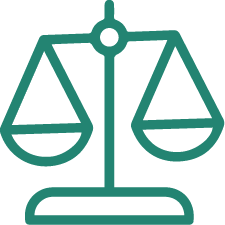








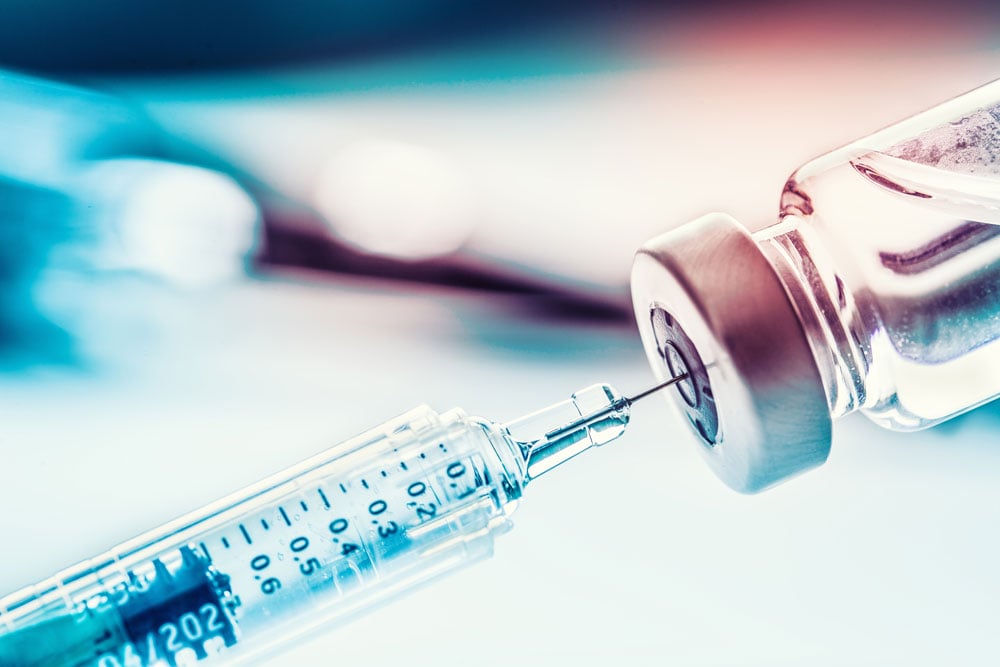
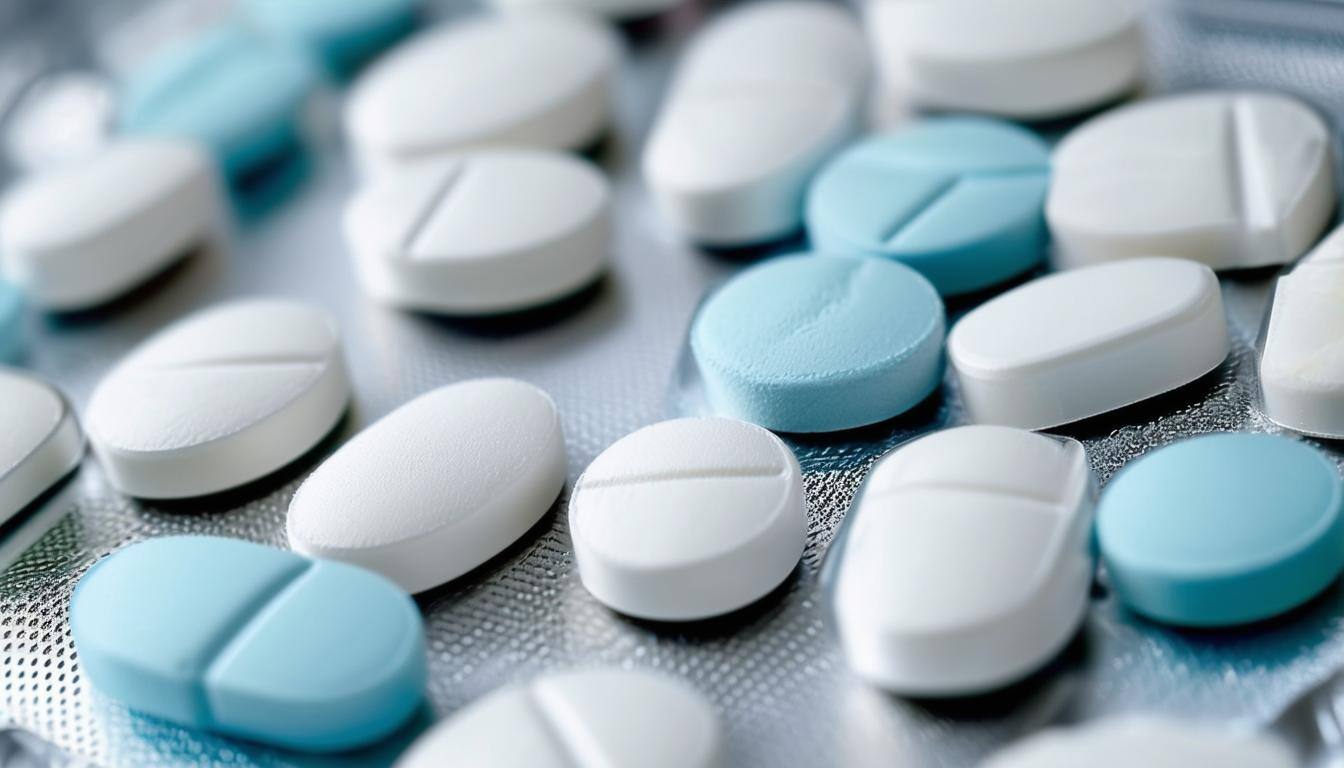
%20Checklist.jpg)
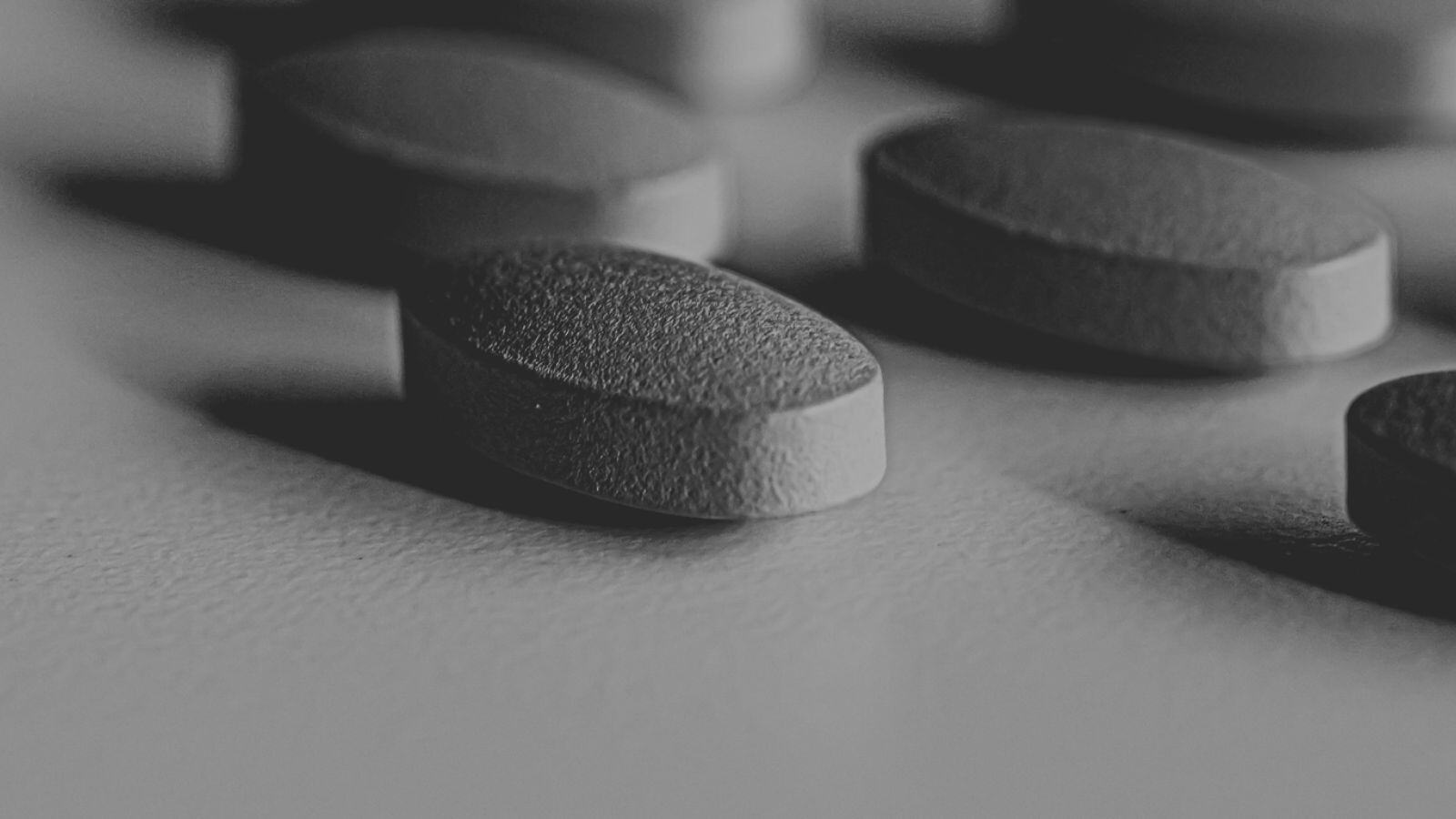
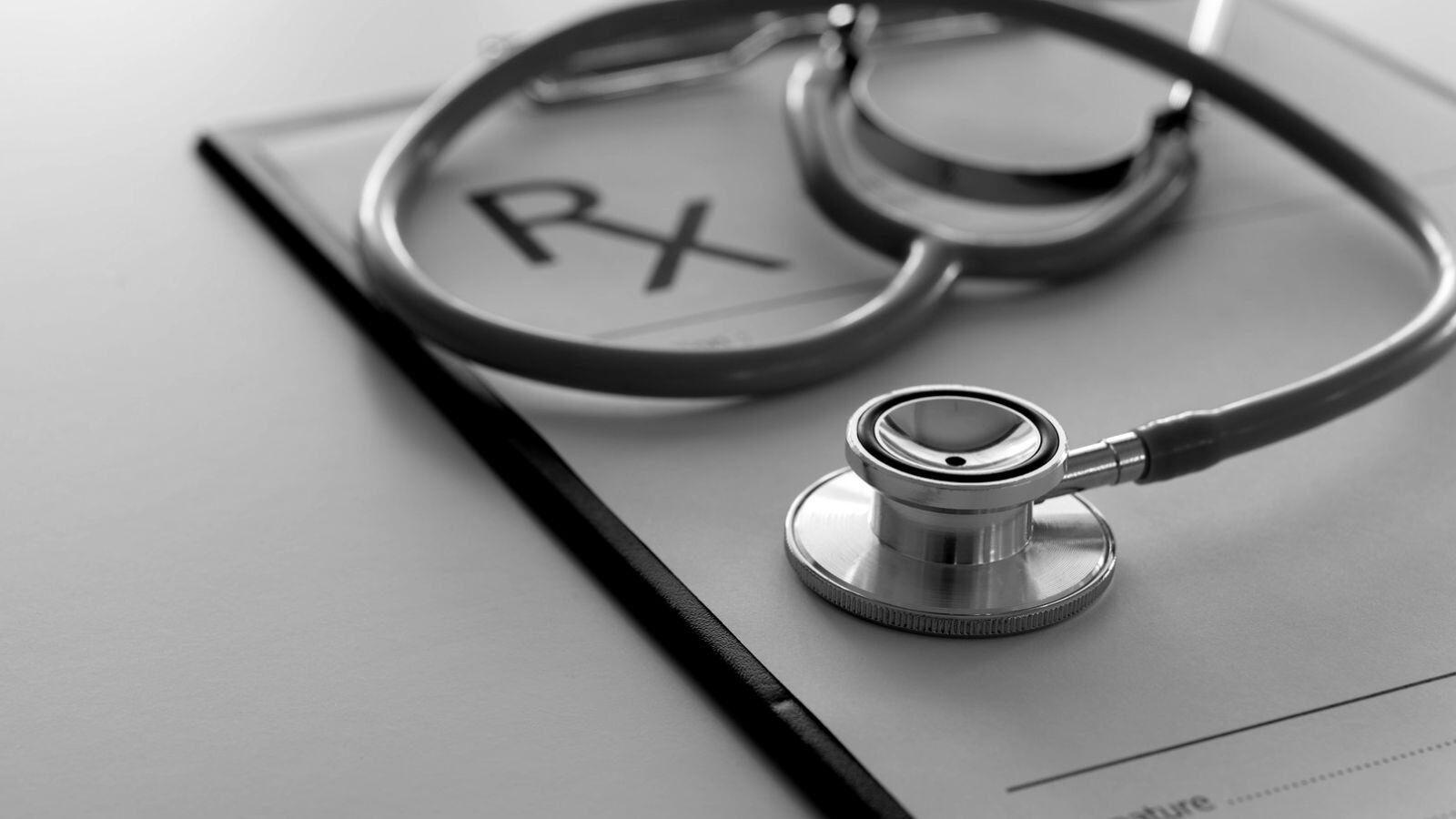
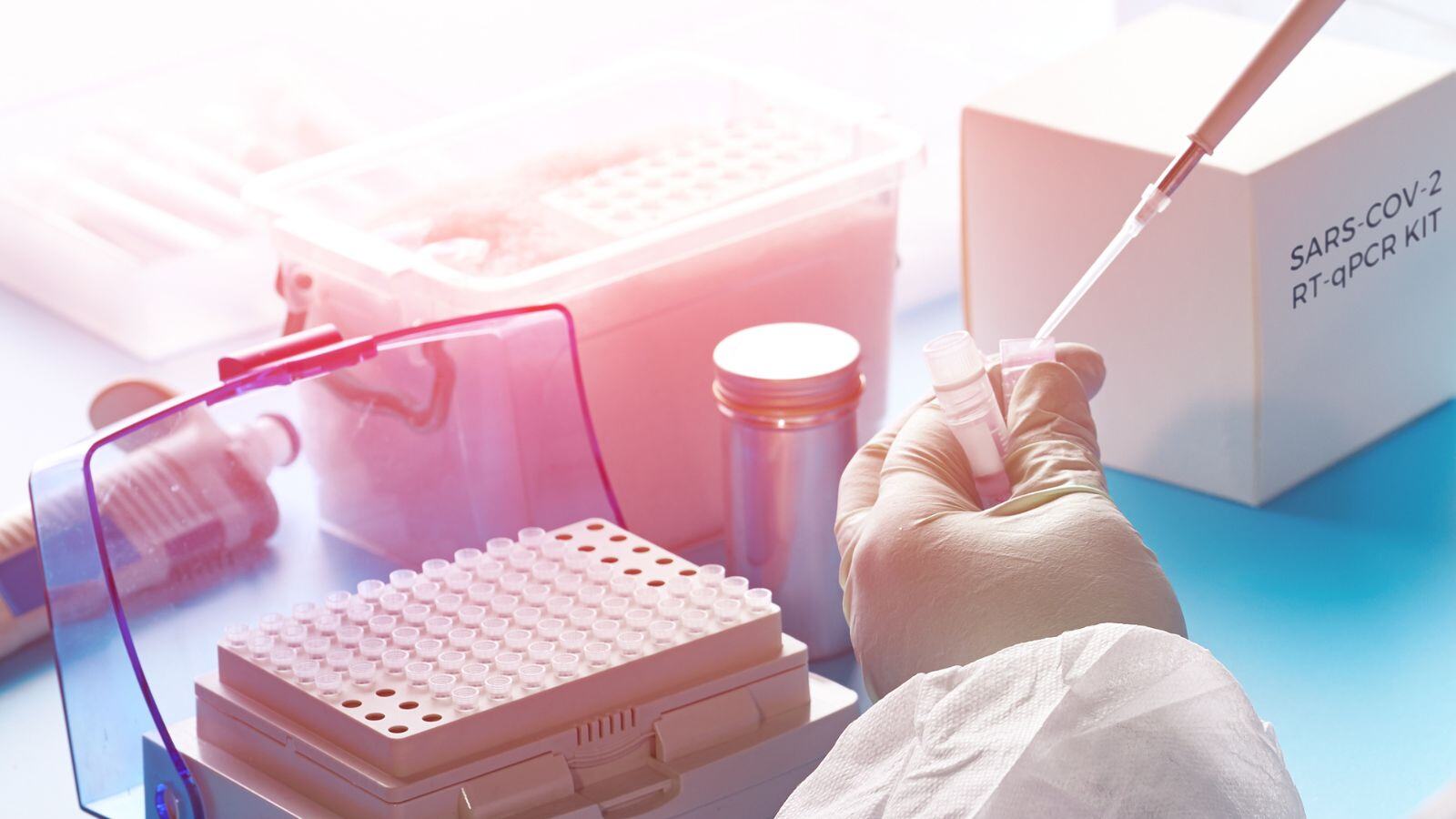
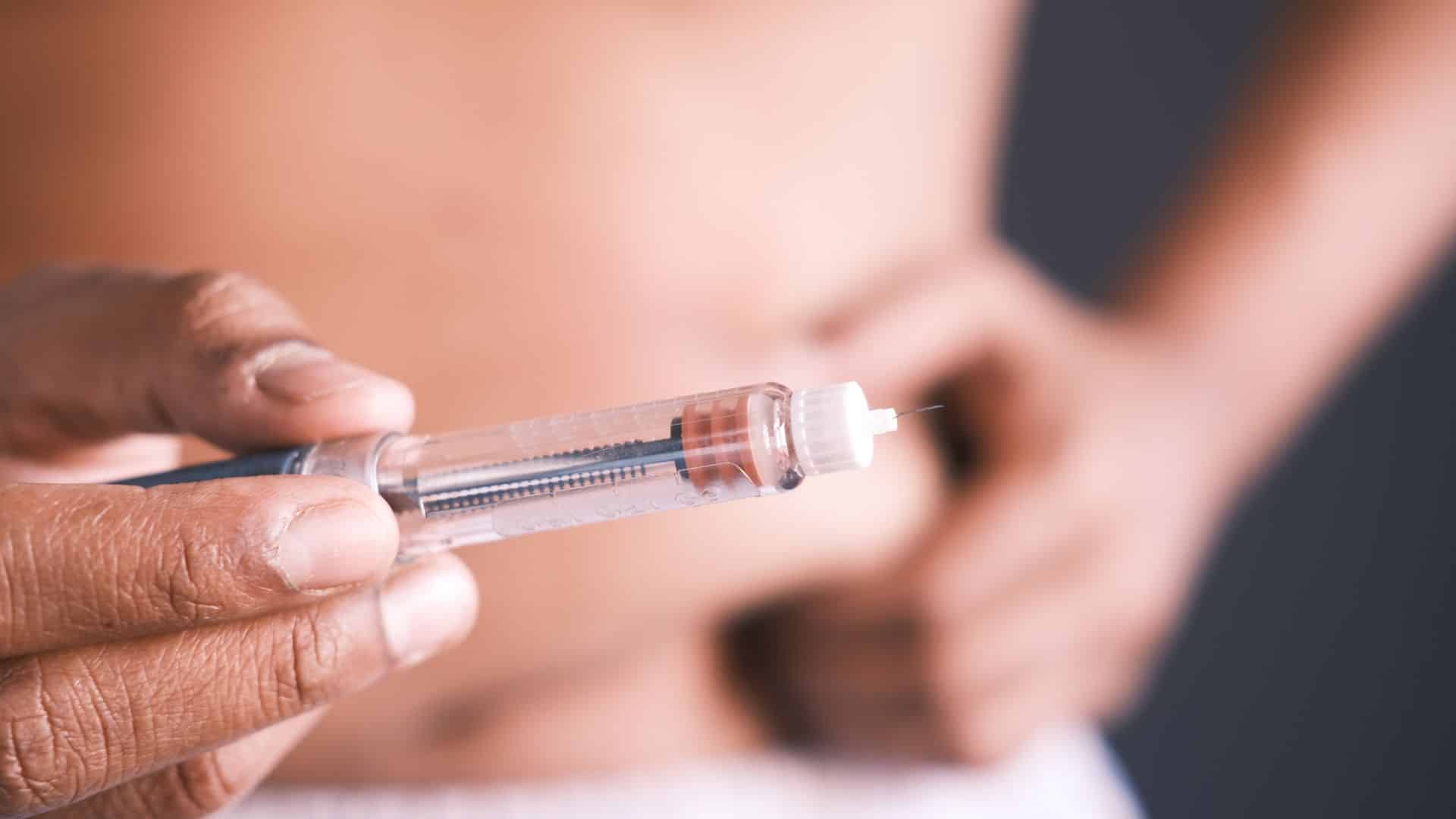
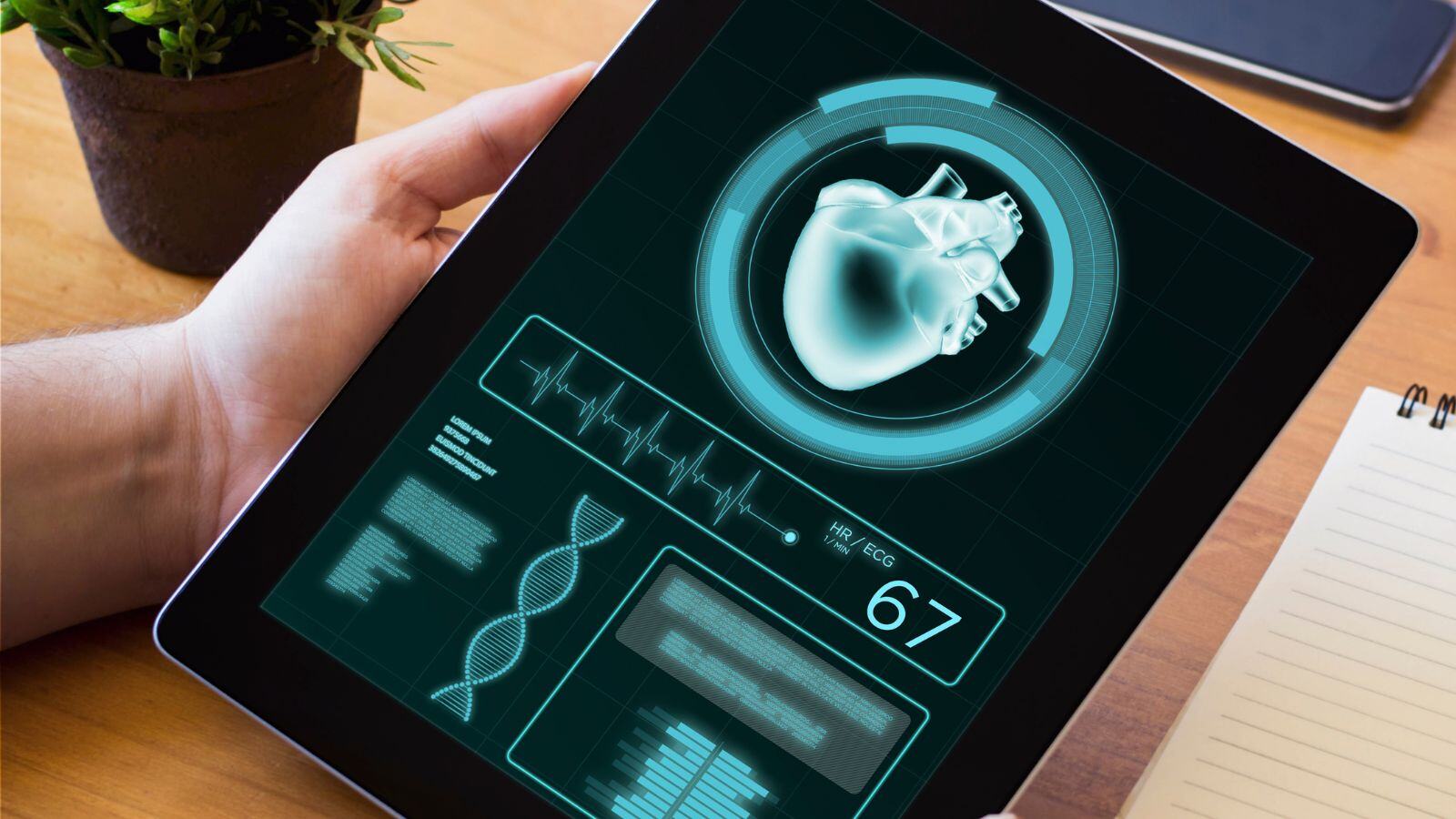

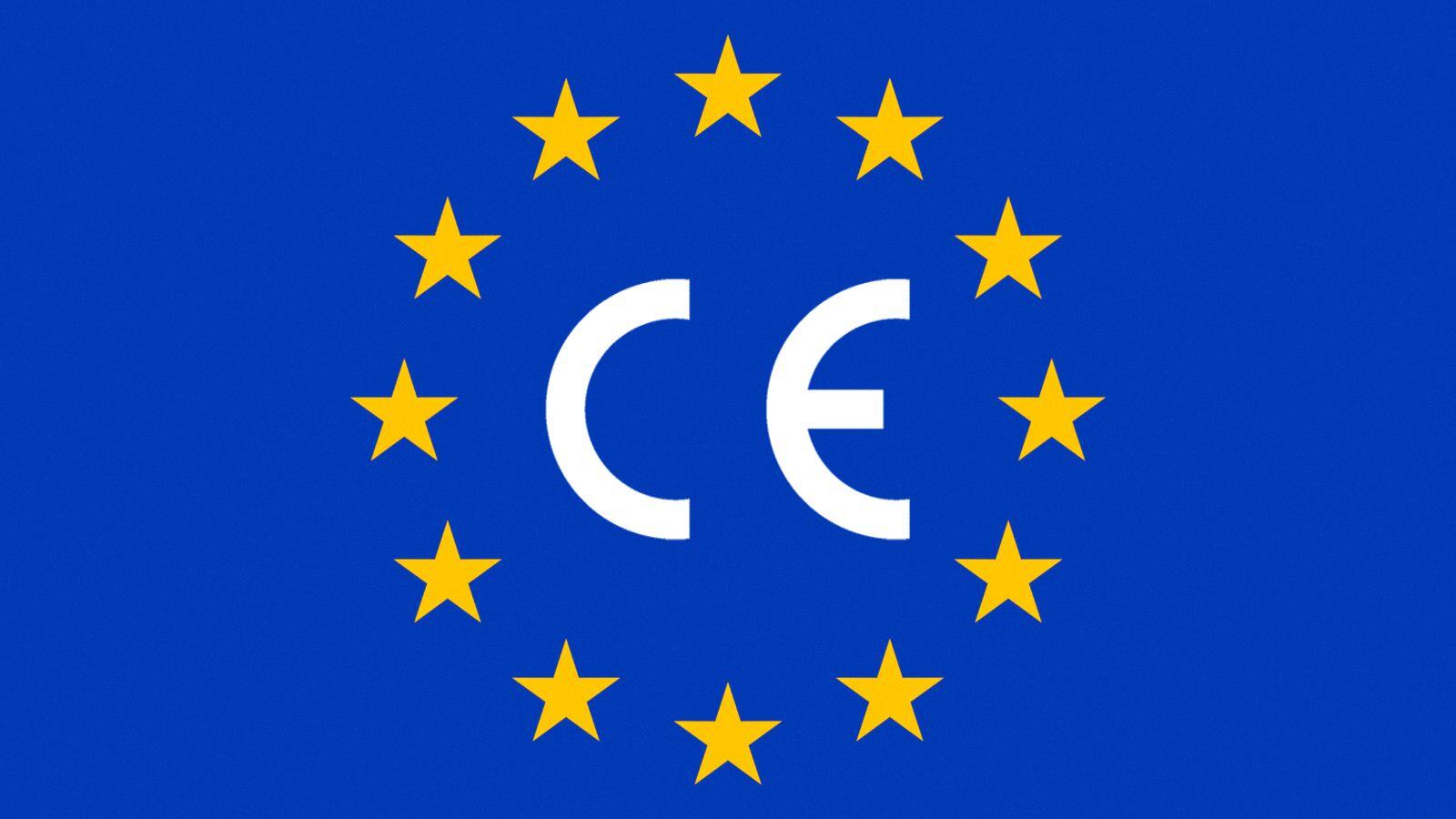
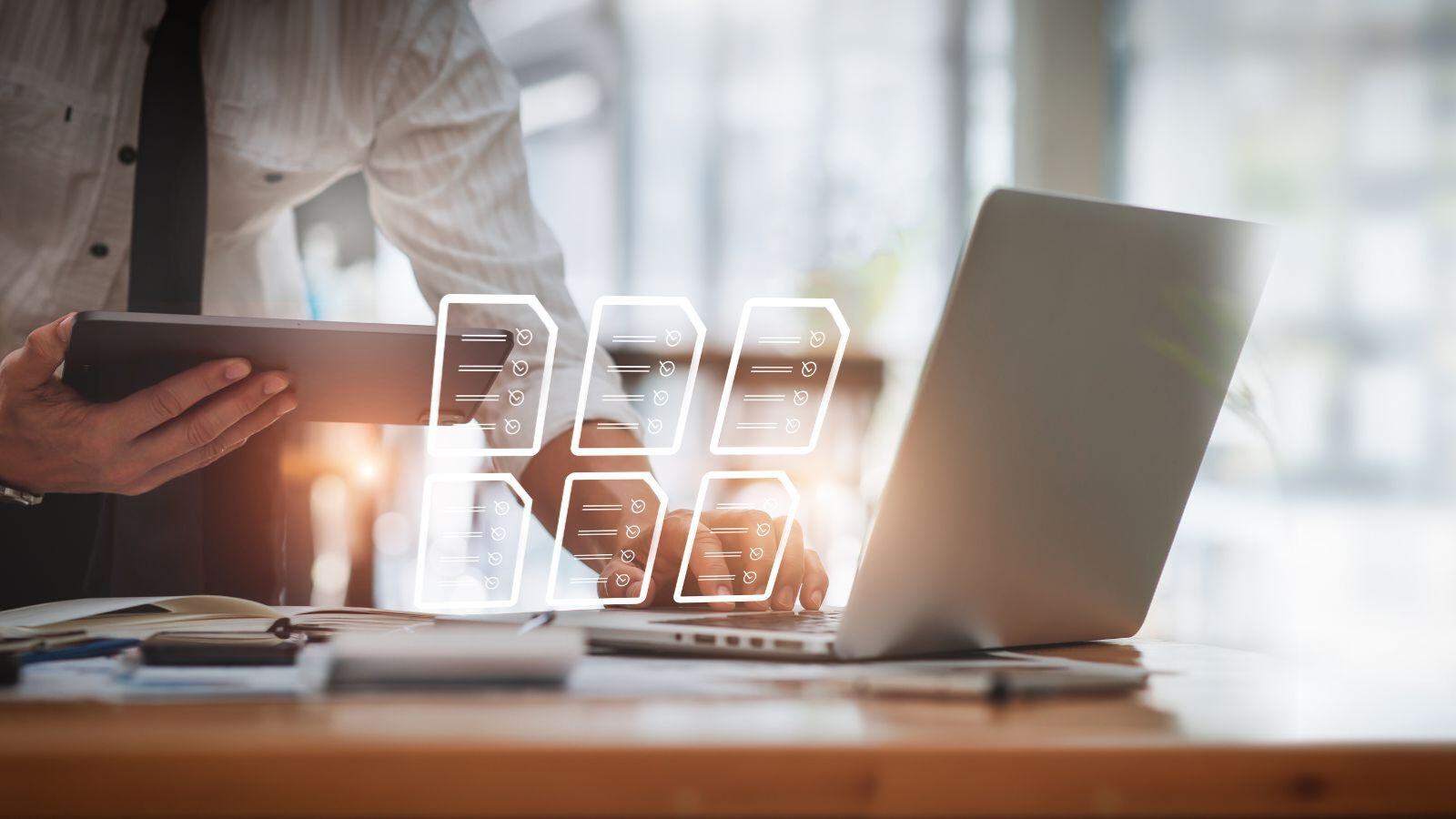
.jpg)

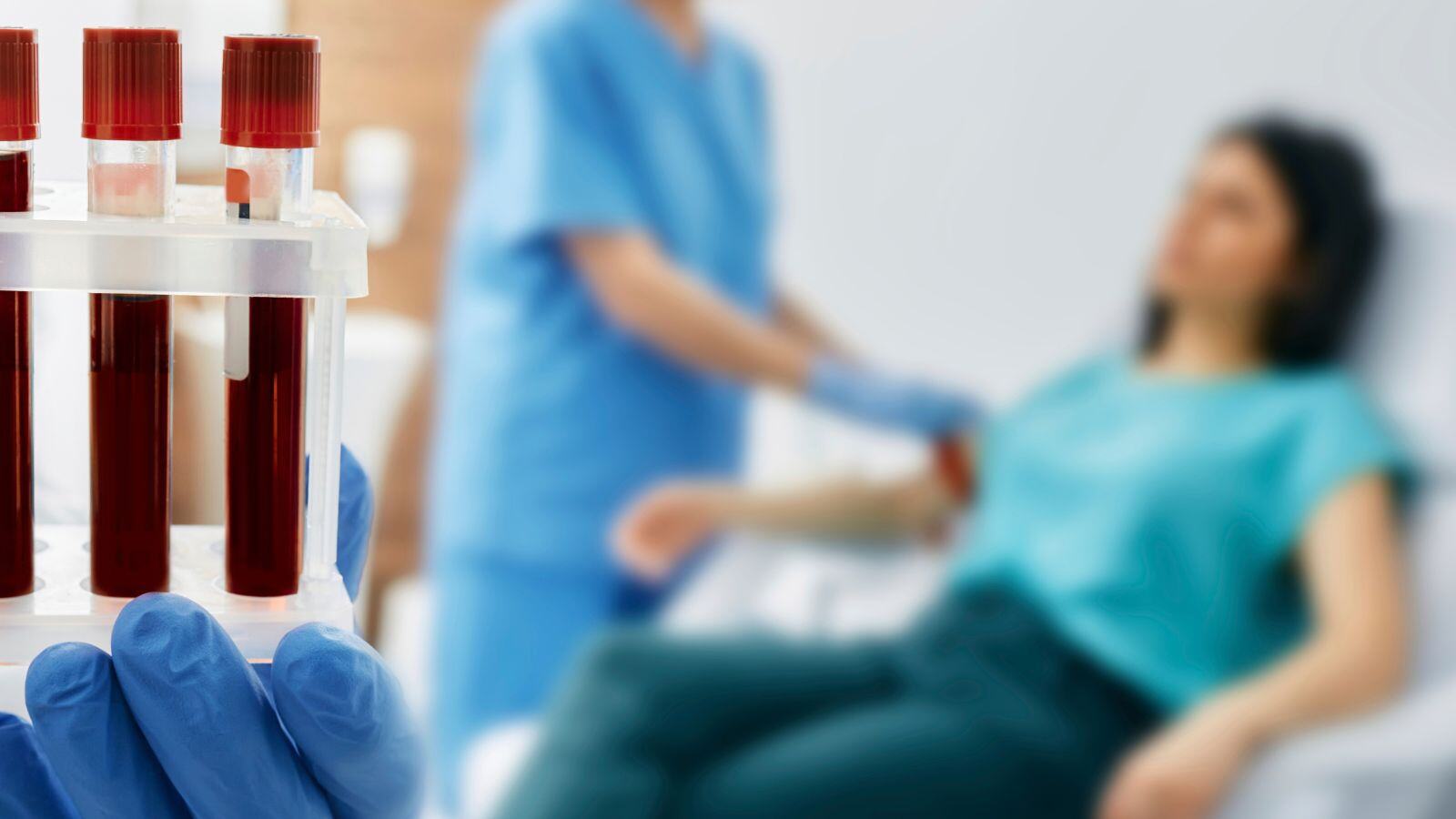

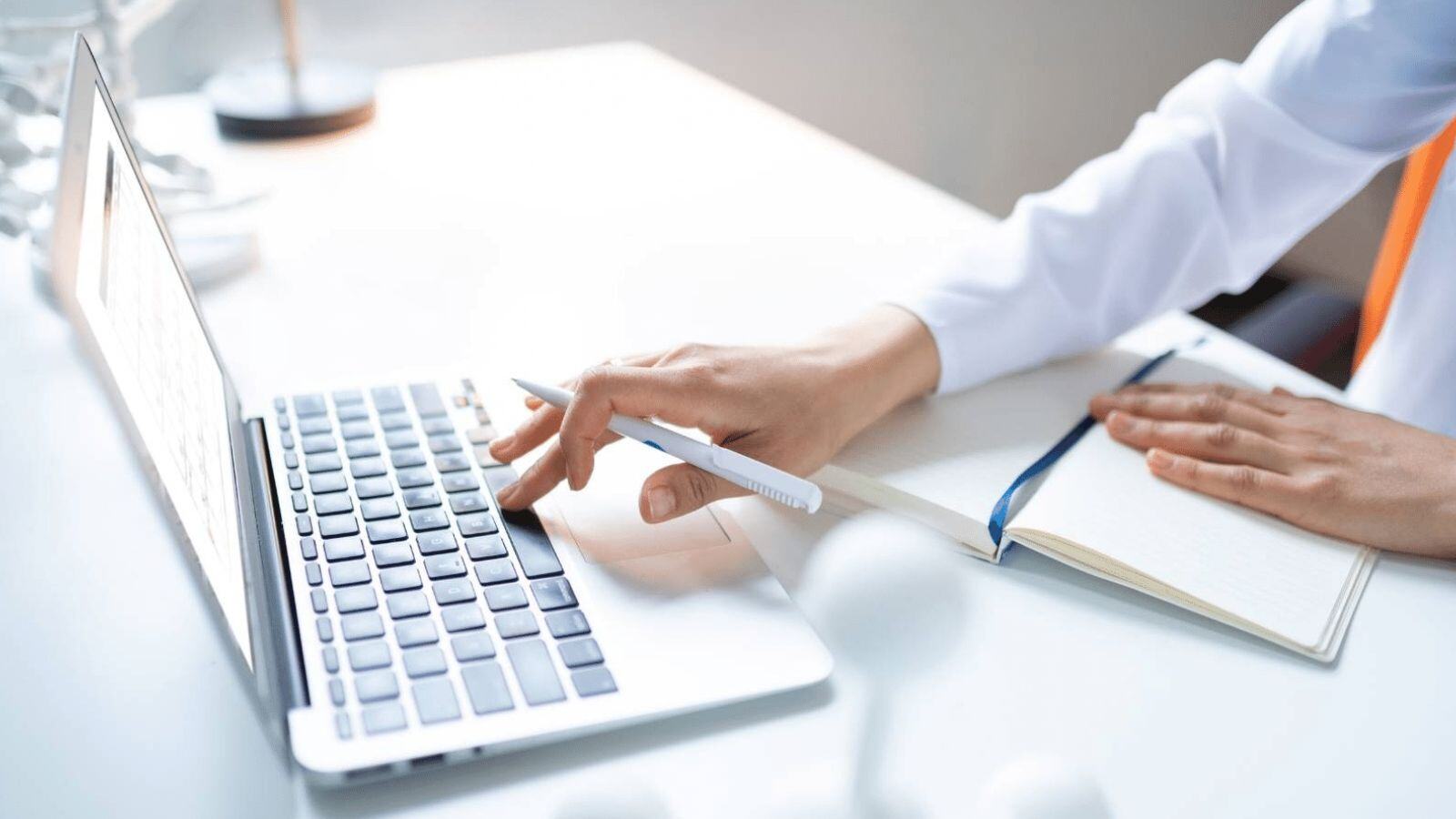
.jpg)
.jpg)

.jpg)
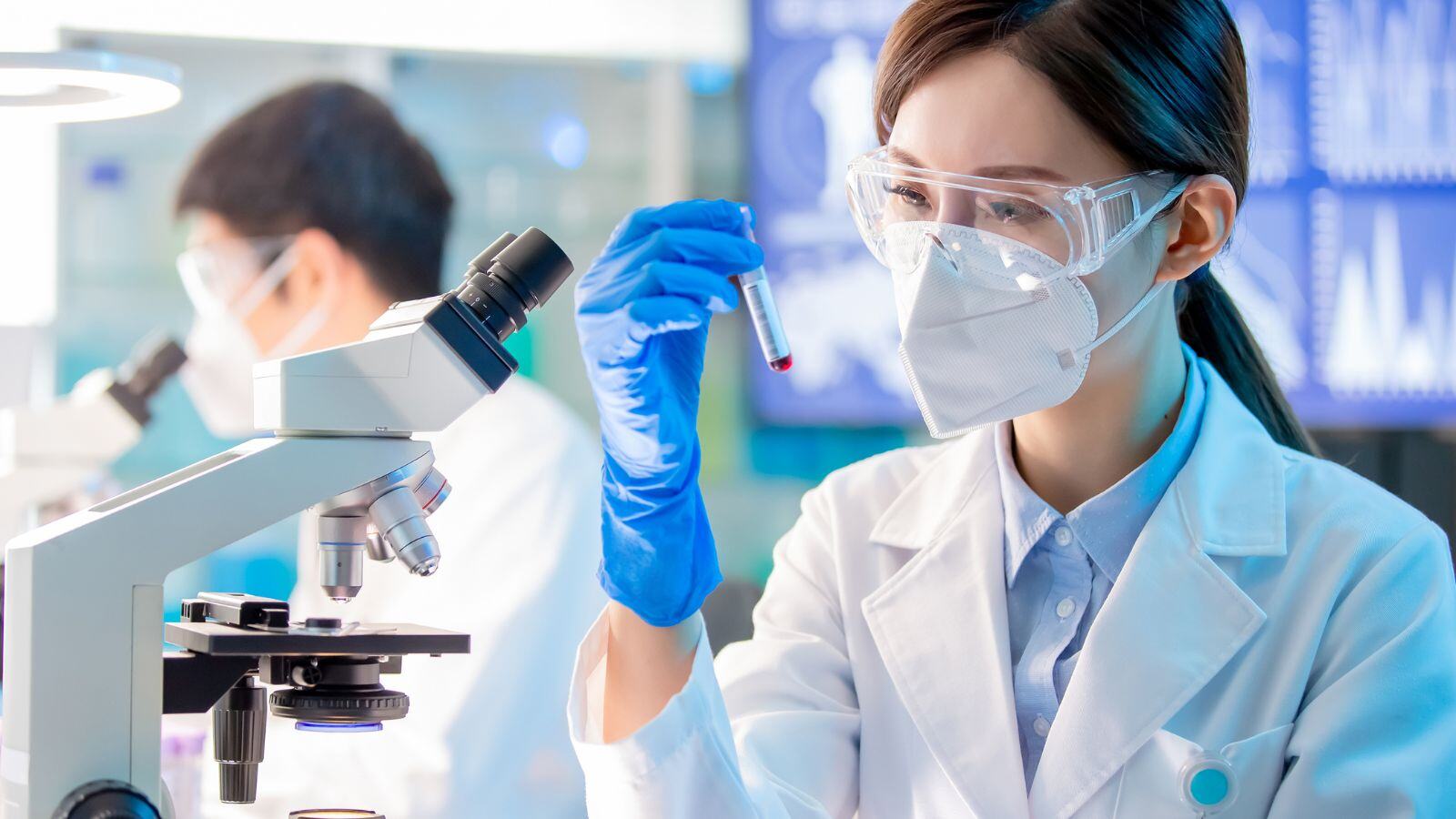
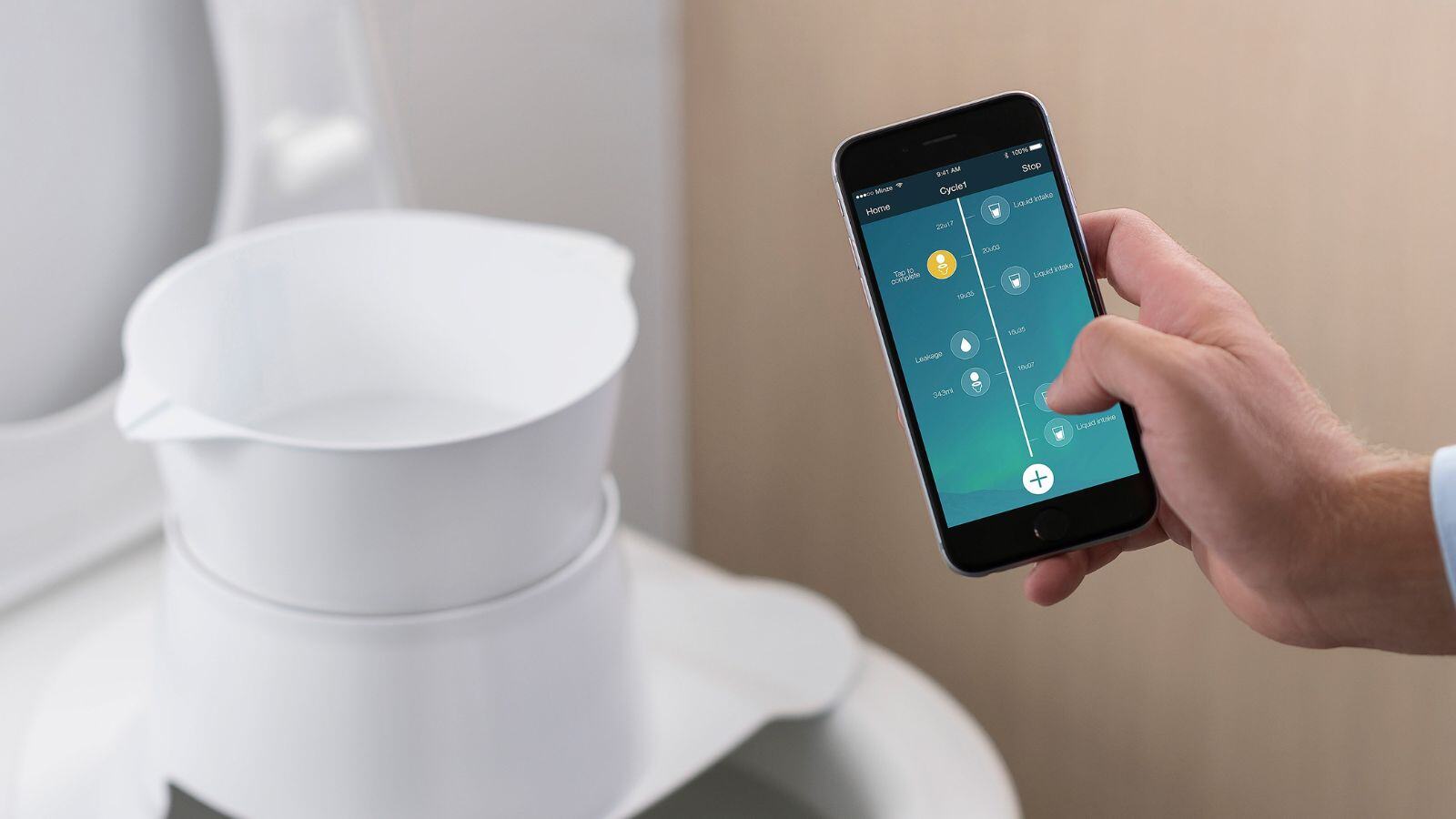
.jpg)
.jpg)
.png)